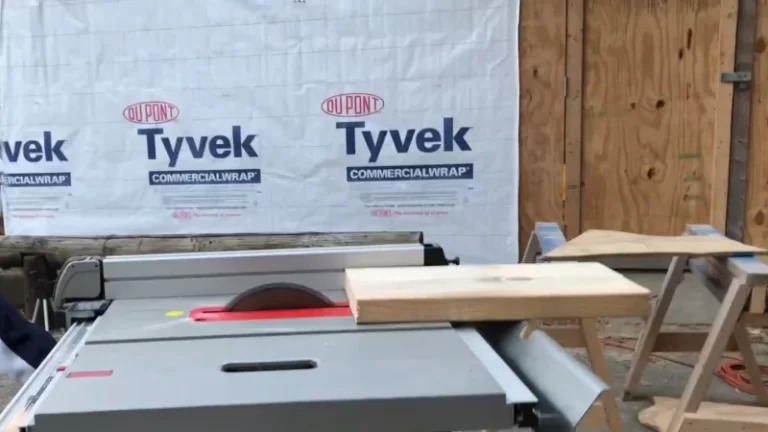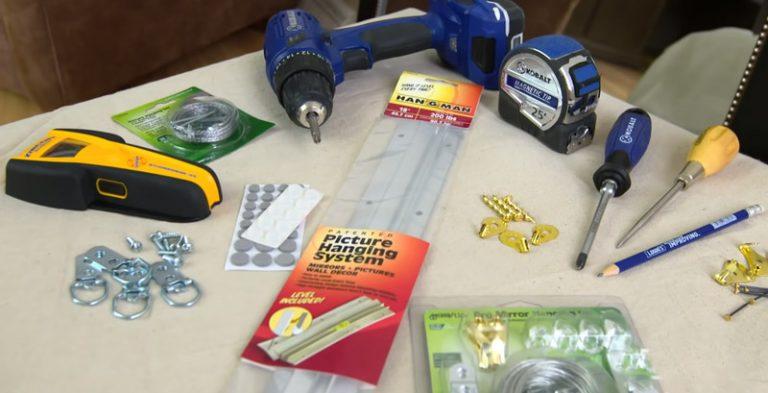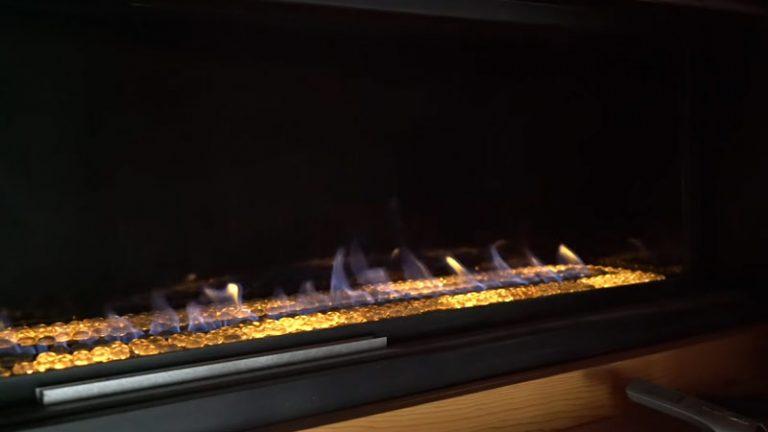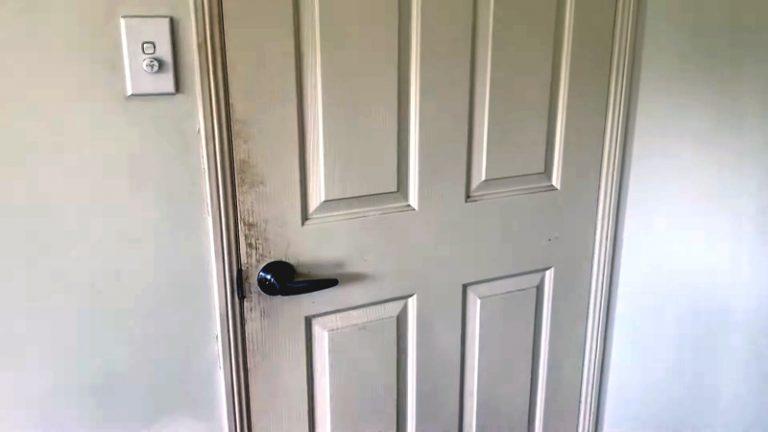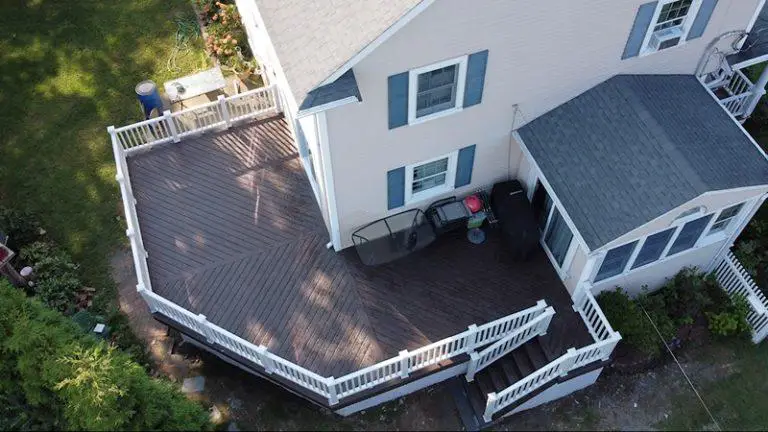Cub Cadet Snow Blower Won’t Go in Reverse [Reasons and Fixes]
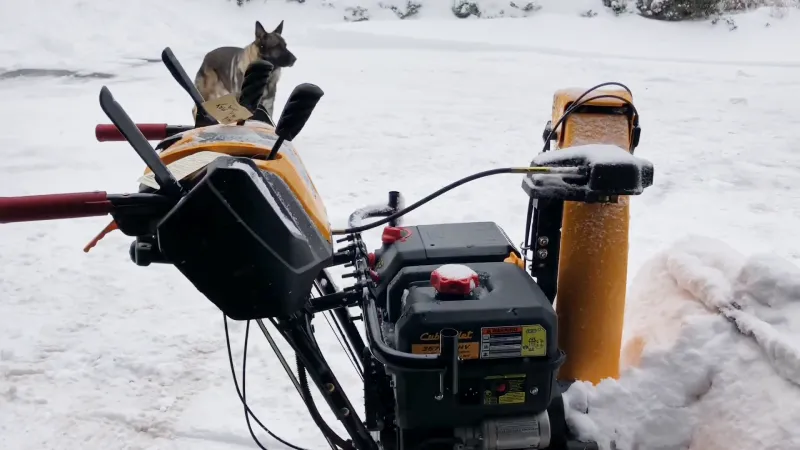
If you own a Cub Cadet snow blower and have experienced difficulty getting it to go in reverse, you are not alone. This is a common issue that can often be resolved with a few simple steps. Whether you have a hydrostatic model or a non-hydrostatic model, there are a few different components to check and troubleshoot to try and fix the issue.
In this article, we will go over some potential causes and how to troubleshoot them to get your snow blower moving in reverse again.
You'll Learn About
Check the Shift Cable or Rod
One of the first things to check when your Cub Cadet snow blower won’t go in reverse is the shift cable or rod. This component is responsible for moving the internal mechanism that controls the snowblower’s movement.
To check it, locate the cable or rod and inspect it for any visible signs of damage or misalignment. If you notice any issues, you may need to adjust the cable or rod to get the snow blower moving in reverse again.
To do this, refer to the manual for your specific model or take the snow blower to a professional for repair. Keep in mind that the shift cable or rod may be different depending on whether you have a hydrostatic or non-hydrostatic model, so make sure to refer to the correct information for your snow blower.
Check the Transmission (for Hydrostatic Models Only)
If your Cub Cadet snow blower has a hydrostatic transmission and is having trouble going in reverse, the transmission may be the issue. To check the transmission, start by checking the fluid levels. The transmission fluid should be at the correct level and free of any contaminants.
If the fluid levels are low or dirty, this could be causing the issue with the snow blower’s reverse motion. In this case, refill the fluid or have the fluid changed by a professional.
If the fluid levels are fine, you may need to check the transmission itself to make sure it is functioning properly. This may require disassembling the transmission and inspecting the internal components for any signs of wear or damage. If you are not comfortable doing this on your own, it is best to take the snow blower to a professional for repair.
Check the Drive Belt
Another potential cause of a Cub Cadet snow blower not going in reverse is a worn or damaged drive belt. The drive belt is responsible for transferring power from the engine to the wheels, so if it is not functioning properly, the snow blower may struggle to move.
To check the drive belt, locate it and inspect it for any visible signs of wear or damage. If the belt is worn or damaged, it will need to be replaced.
To replace the drive belt, refer to the manual for your specific model or take the snow blower to a professional. Keep in mind that the drive belt may be different depending on the model of your snow blower, so make sure to get the correct replacement belt. Once the new belt is installed, test the snow blower to see if the issue with reverse motion has been resolved.
Check the Auger Clutch
The auger clutch is another component to check if your Cub Cadet snow blower is having trouble going in reverse. The auger clutch is responsible for engaging the auger when the snow blower is in motion, and if it is not functioning properly, the snow blower may struggle to move.
To check the auger clutch, start by listening for any unusual noises when the snow blower is running. If you hear a grinding or squealing sound, this could be a sign that the auger clutch is not engaging properly.
Another way to check the auger clutch is to observe the auger itself. If the auger is not turning when the snow blower is in motion, this could be a sign that the clutch is not functioning properly. In this case, the auger clutch may need to be adjusted or replaced.
Refer to the manual for your specific model or take the snow blower to a professional for repair.
Check the Engine
If all of the other components of your Cub Cadet snow blower are functioning properly, but it is still having trouble going in reverse, the engine may be the issue. A weak or malfunctioning engine may not have enough power to propel the snow blower in reverse, causing it to struggle or not move at all.
To check the engine, start by checking the fuel levels. Make sure the fuel tank is full and that the fuel is fresh and free of any contaminants.
If the fuel levels are fine, you may need to check the engine itself to make sure it is functioning properly. This may involve inspecting the spark plug, air filter, and other internal components for any signs of wear or damage. If you are not comfortable doing this on your own, it is best to take the snow blower to a professional for repair.
You also make sure the right spark plug gap.
Prevent Your Snowblower Not Going Reverse
If your Cub Cadet snowblower is having trouble going in reverse, there are a few potential causes to consider. Some possible issues to check include:
Shift Cable or Rod
Make sure that the shift cable or rod is properly adjusted and not stuck or damaged. This component is responsible for moving the internal mechanism that controls the snowblower’s movement.
Transmission
If you have a hydrostatic model, the transmission may be the issue. Check the fluid levels and make sure the transmission is functioning properly.
Drive Belt
If the drive belt is worn or damaged, it may be causing the snowblower to struggle to move in reverse. Replace the belt if necessary.
Auger Clutch
If the auger clutch is not engaging properly, it could prevent the snowblower from moving in reverse. Check the clutch and make sure it is functioning correctly.
Engine
If the engine is not running at full power, it may be difficult for the snowblower to move in reverse. Check the fuel levels and make sure the engine is functioning properly.
If you are unable to identify and fix the problem on your own, it may be necessary to take the snowblower to a professional for repair. Sometimes, a primer might not work in a snow blower. But generally good snowblowers have fewer problems.
Final Words
In this article we’ve discussed potential causes and fixes, hope these will help you.

